June Fair – The ‘last fair standing’
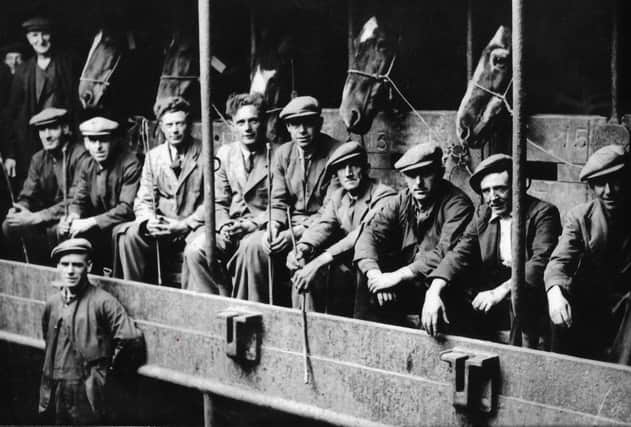

No one is entirely sure when the “June Fair”, as it’s known, began but it was certainly well established by 1835 – part of a circuit of similar agricultural events that took place in every town that have all now largely vanished. The June Fair is the last remaining agricultural show in a city that once boasted a series of such events including the Spring Show and the Christmas Show.
Noel Gallagher is now 73, his family have been involved in organising the June Fair over decades.
Advertisement
Advertisement
Noel explains: “My first memory of the June Fair was the huge excitement and responsibility of walking horses into it for my father as a seven-year-old at the Brandywell Showgrounds with my brothers. The fair was full of characters and every fair morning they filled our house getting breakfast before the day ahead.
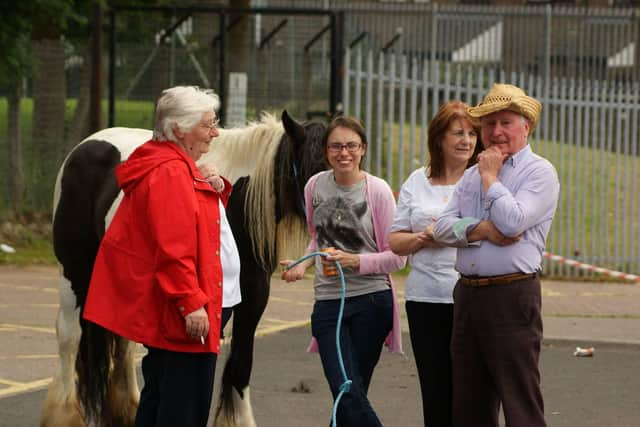

“I loved hearing their stories and getting tips on what horses to look out for. One of the most memorable was a man from Ballerin who sold halters, I remember he walked the 25 miles to Derry on June Fair Day arriving always in the very early hours of the morning. He did that for decades.
“I think the success of the Fair over the years had as much to do with all the other factors that were happening through the era. The port was a major factor with ships going and coming to Liverpool Heysham, Preston and perhaps most of all, Glasgow.
“At the time there was a great need for horses if you were from any part of Scotland or the Northern part of Britain you could arrive the night before the fair when the vendors would also be there.
Advertisement
Advertisement
“Between then and the fair day, the idea would be to make sure purchases and book them on the Scotch Boat and accompany them home with you that night.”
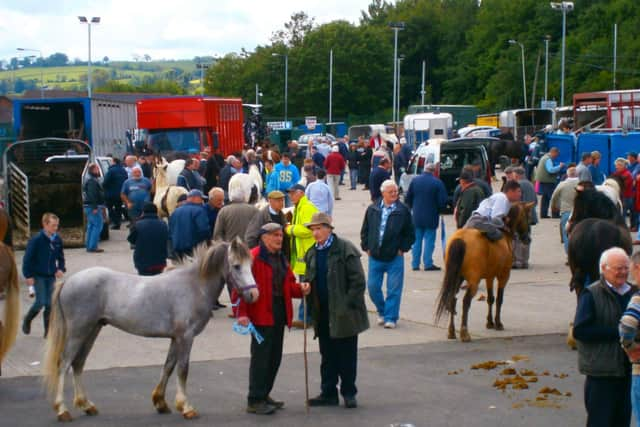

When the June Fair was at its peak, it was held in Bishop Street Without, not far from the Diamond where the city’s hiring fairs were held. A sign of its importance was that on the site it took place now stands the Long Tower Primary School and at its entrance a plaque commemorating the site’s history as a market.
The fair eventually moved from Bishop Street Without to Meenan Square in the Bogside and from there onto the Showgrounds which was attached to the Brandywell Football Grounds.
Throughout the major events of the 19th, 20th and 21st centuries the Fair has maintained strong cross-community support not just within the city but from Northern Ireland, the Republic of Ireland, Scotland and Britain.
Advertisement
Advertisement
On fair day you are as likely to run into someone from Millisle or the Shankill as you would someone from Galway, Dublin or Mullingar. That was achieved via a well-oiled tradition of keeping politics out of things.
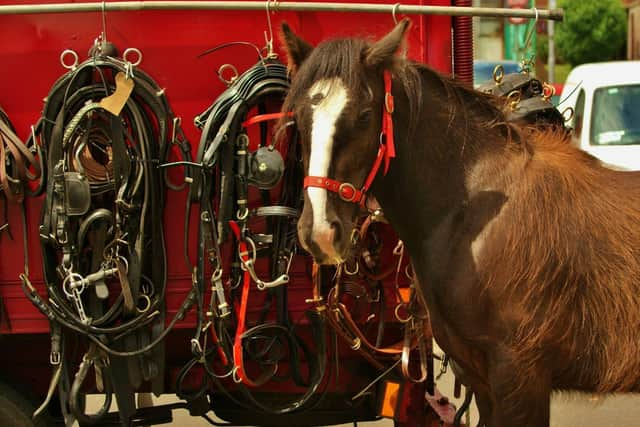

As the city continues to get more and more developed, the fair has once again had to move locations in recent years – this time to the Daisy Field which runs alongside the River Foyle.
Noel Gallagher believes this year will mark turning point in its fortunes.
He says: “For the first time in living memory, we cancelled the fair in 2020 due to COVID-19. Truth be told, we will need the break to work out what we can do to keep going. The June Fair is a day dedicated to celebrating horses and to give enthusiasts the chance to meet up and swap stories.
Advertisement
Advertisement
“We don’t charge people to get in, that’s always been a big thing for us as it’s great to see people being able to see the horses, bring their children without worrying about money.
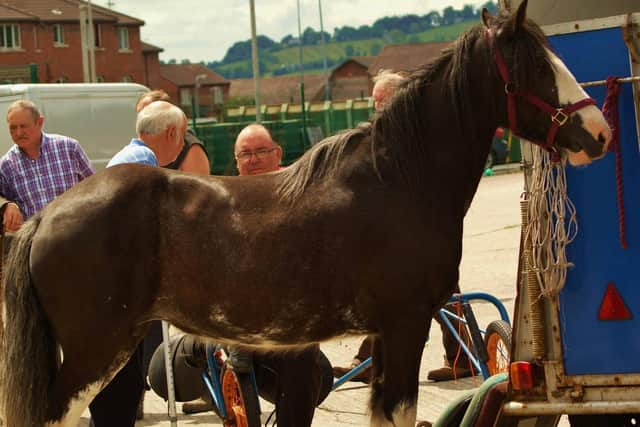

“The council have facilitated us for the last few years at the Daisyfield which we are grateful for, but to be honest the modern public authority doesn’t really know what to do with an old-style fair like ours.
“There used to be a space in every town for the fair and for those type of outdoor events like the old agricultural show, but that has now disappeared. I don’t think that’s because the demand isn’t there, people are still interested but I think these types of events don’t translate well into spreadsheets.
“When you see what’s happened in Ballyclare, which was probably the best fair in Ireland after Ballinasloe or Ballycastle, it wouldn’t give you much hope for these events to keep going.
“But maybe, like in lots of other things, Derry will be different.”